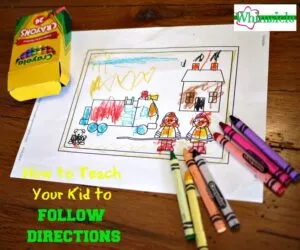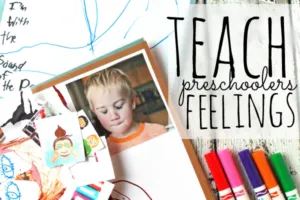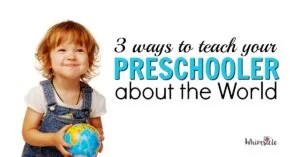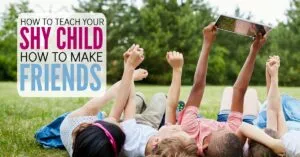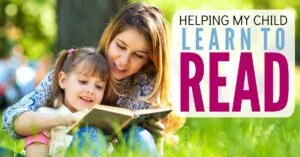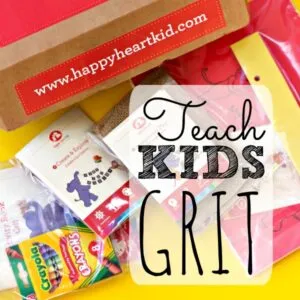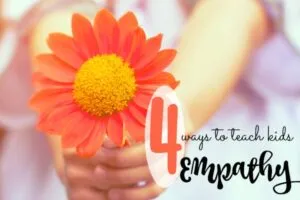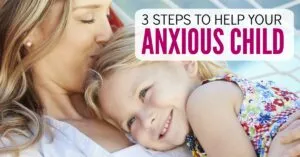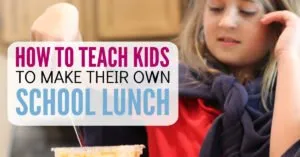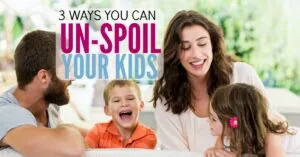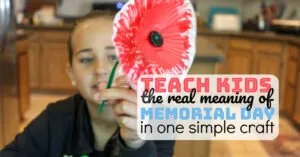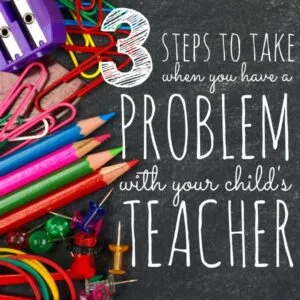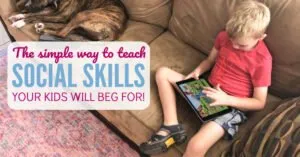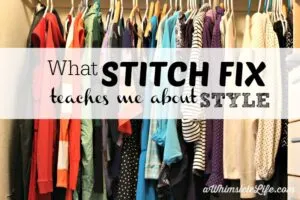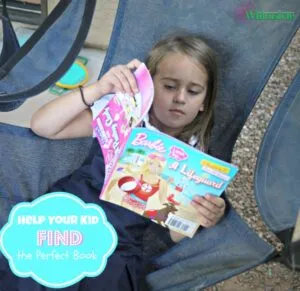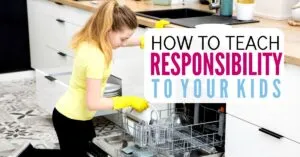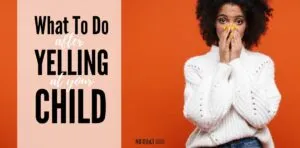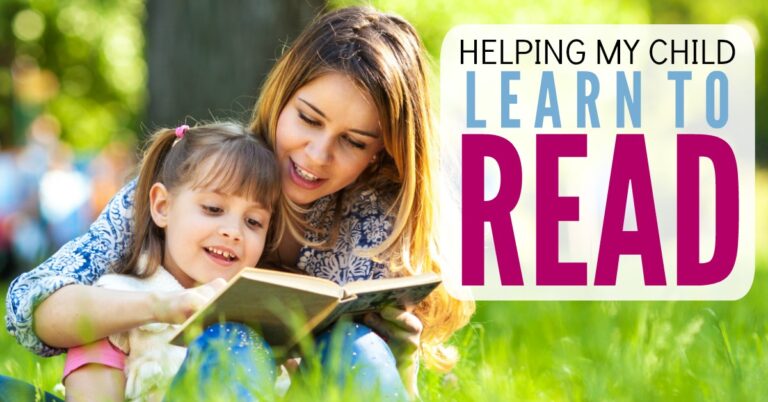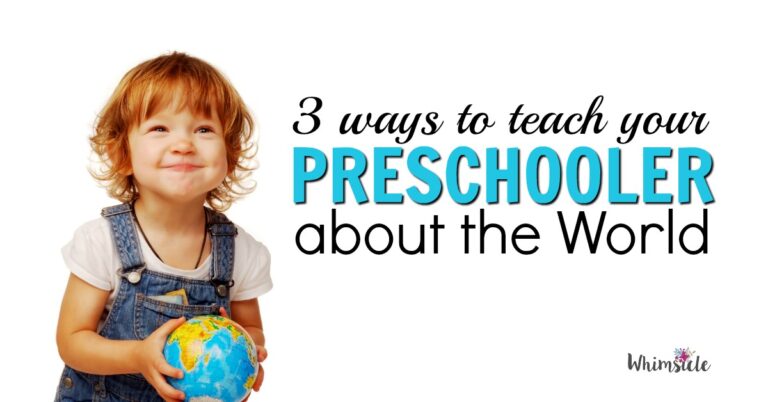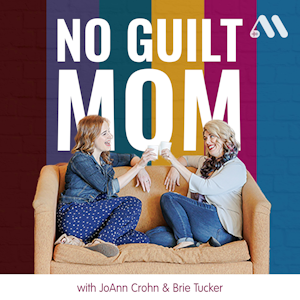Week 3: How to Teach Your Child to Read
Activity 1
One question I get asked frequently is “should my kindergartener be reading?” If your child is not reading before they go into kindergarten, that is normal. My son does not know how to read. He hasn’t even begun to show signs of reading in the traditional sense. However, there is some good news. If you have been following our Summer Sessions lessons, your child is well on their way to reading. Here are some things you can work on over the summer to get them started on the right track:
Read aloud to your kiddo: Reading aloud will grow your child’s vocabulary and helps them make sense of what they see, hear and read. You are able to be a “reading role-model” and set an example for your child. Whether it’s watching you read for pleasure or reading to your kiddo, there is so much to gain from your enthusiasm.
- Birth-1 Year: Lullabies, Board Books (with real pictures), Cloth Books (with various textures), Song Books
- 1 Year-3 Years: Rhyming Books, Song Books, Short-Story Board Books
- 3 Years-5 Years: Alphabet Books, Song Books, Picture Books, Rhyming Books
Ask questions (see Week 1: Reading or Week 2: Getting Your Child Interested in Reading): The main reason we ask questions before, during, and after reading is to check for understanding of the text and to help our kiddos understand the text better. A great way to encourage answers to your questions is to pick books that are of interest to your kiddo and allow them time to comment as you read. The more you practice asking questions, the easier answering becomes for our little ones.
Identify letters in a natural setting: Before our boys were born, we painted and hung large wooden letters spelling their name above the cribs as a decorative accent in their rooms. I would have never guessed that those wooden letters would have such a learning incentive. Around age 2.5, Buddy began asking what letters were in his name. That’s honestly how he learned to spell his name…and he can spell his brother’s name too because he has taken an interest in his letters as well. In technical terms, this is called “environmental print” and includes all of the print we are surrounded by–fast food signs, labels, traffic signs, clothing, magazines, etc.
Use their senses to learn letters: Children learn best when multiple senses or areas of development are included. That’s why hands-on learning produces longer retention and more meaningful application. Once your child has shown an interest in letters and you have already begun to utilize natural settings for identifying those letters, begin implementing activities that incorporate as many senses as possible. Keep in mind that learning letter names isn’t nearly as important as learning their sounds!
If you looking for a more comprehensive look with more specific details and examples, try I Can Teach My Child to Read. It’s only $3.99 and written by a first grade teacher named Janae Jacobson. This a great real-life resource that that easy to implement, even with no knowledge of how to teach.

